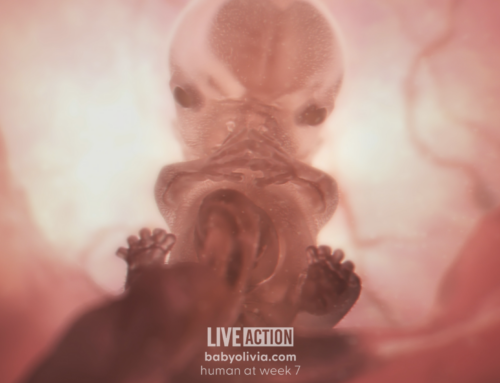According to a federal agency’s statistics, 766 babies were born alive after late-term abortion attempts in Canada between 2013 and 2018 and presumably left to die.
But data from the Canadian Institute for Health Information (CIHI) on what exactly happened to these infants, or why there are so many born-alive late-term abortions, are not available, pro-life blogger Patricia Maloney reported August 17 on Run With Life. “All information regarding the reasons they happen, and what happens to the child after they are born alive, is anecdotal,” Maloney said.
The numbers are likely higher than CIHI reported because the statistics exclude Quebec, Maloney wrote.
Maloney released the statistics as the Conservative Party of Canada (CPC) prepared to meet in Halifax August 23 to 25 for its policy convention.
One of the CPC proposed resolutions is that the party “support legislation to ensure that any child born alive shall receive the full benefits of life-saving care, and neo-natal intensive care to give every opportunity possible for the child to sustain life.”
It’s not certain, however, if that proposal will reach the floor and be debated; under Canada’s Criminal Code, a child is considered a person with full protection of the law once he or she “has completely proceeded, in a living state, from the body of its mother.”
Maloney links to statistics from the CIHI, which document the number of “live births resulting from termination of pregnancy in acute inpatient settings” by province and gestational age.
According to CIHI, between 2013 and 2018, eight babies of 29 weeks’ gestational age and over, 27 babies between 25 to 28 weeks’ gestation, 557 babies between 21 to 24 weeks, and 141 babies between 17 to 20 weeks’ survived an abortion and were allegedly left to die.
CIHI broke the numbers down by province: 11 babies in Newfoundland, 30 in Nova Scotia, 390 in Ontario, 67 in Manitoba, 41 in Saskatchewan, 189 in Alberta, and 38 in British Columbia were born alive following an abortion.
On a per capita basis, the number of babies born alive and allegedly left to die is twice as high in Alberta as in Ontario, Canada’s most populous province.
As for Quebec, Maloney cited a 2016 study led by Nathalie Auger of the University of Montreal, and published in Neonatalitythat documented 218 babies were “accidental live births” between 2000 and 2012. That’s a 20-fold increase since 2000, which according to a National Postreport, is “likely because increased pre-natal screening has led to more late-term abortions generally.”
The Postalso reported that, “almost all the infants accidentally born alive die within a few hours — in circumstances that doctors describe as generally ‘devastating’ for the parents.”
The 2016 study raised such questions as: “How are such infants cared for? If not resuscitated, is palliative care provided? Are the infants admitted to neonatal units or do they die in the delivery room?”
The authors also “call for policies on use of ‘feticide’ – lethal injections that reduce the chance of a live birth,” the National Postreported.
Maloney first unearthed and published statistics in late 2012 on the number of babies in Canada born alive and left to die after a botched abortion.
Maurice Vellacott, Leon Benoit, and Wladyslaw Lizon, then-Conservative MPs, asked the RCMP in January 2013 to launch an investigation into possible infanticide. But the response by the national police force was “gutless and cowardly,” despite evidence of a “clear breach of the Criminal Code,” Vellacott, who did not run in the last election, told LifeSiteNews at the time.
A longer version of this article appeared August 20 at LifeSiteNews and is used with permission.




